Chemical Separation Techniques
by CHOY MUN BO .


1. Stakeholders
1.1. Project Sponsor
1.2. Project Manager
1.3. Developers
1.4. Primary User Group
1.5. Supporting Staff
2. Notes
3. Filtration
3.1. Through the use of a partially permeable membrane, we separqted the residue and filtrate. in our case, the residue is the sand and the filtrate is the salt soilution
3.2. Items to be Delivered
3.3. Extent
3.3.1. Included
3.3.2. Excluded
4. Schedule
4.1. Project Start
4.1.1. Project specifications
4.1.2. End User requirements
4.1.3. Action points sign-off
4.2. Development Stage 1
4.2.1. Define actions as necessary
4.3. Development Stage 2
5. Heating
5.1. Flames from the bunsen burner sprout out and temperature of surround and object increases
5.2. Budget
5.3. Resources
5.4. Delays
6. Evaporation
6.1. Water in the solution chnages into gaseous form, water vapour, leaving behind the residue. in our case residue is salt.
6.1.1. Materials
6.1.2. Personel
6.1.3. Services
6.1.4. Duration
6.2. Delivery Timeline
6.3. Requirements
7. condensation
7.1. Condensation is when particles change from gaseous to liquid form. this makes it easier to co''ect the substance. in our case the water vapour comdensed into water again. thus we can collect pure water easily.
7.1.1. Dependencies
7.1.2. Milestones
7.2. Limitations
7.2.1. Schedule
7.2.2. Budget
7.3. Define Project Development Measurement
7.3.1. KPI's
